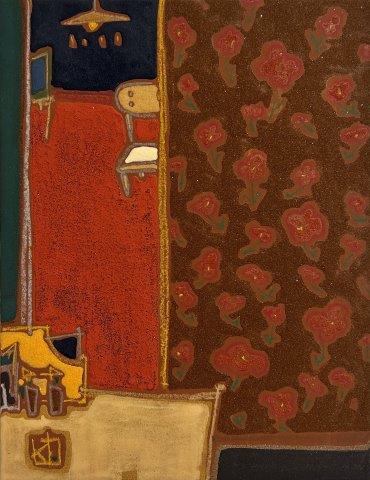Kei Sugiyama
Japan
By depicting realistic images, such as shelves, furniture and other daily items that denote living spaces, Sugiyama creates metaphysical paintings in which the true motifs are invisible, evoking the “remnants of what was once there,” or “the feeling of absence itself.” He also employs the techniques of mitate (allusion) and inyo (quotation) that have long been central to Japanese art. The results have been described as “figureless portraits,” and the worlds they unfurl allow viewers to experience a unique sense of narrative.
Sugiyama is also known for his “printer tray” series, in which allusions are drawn between Buddhist mandalas and antique drawers holding letterpress printing parts. The paintings have successfully earned many new admirers and are cited as examples of Nihonga’s heretofore unseen expressive potential.

」.jpg)

」.jpg)

」.jpg)
」.jpg)
」.jpg)